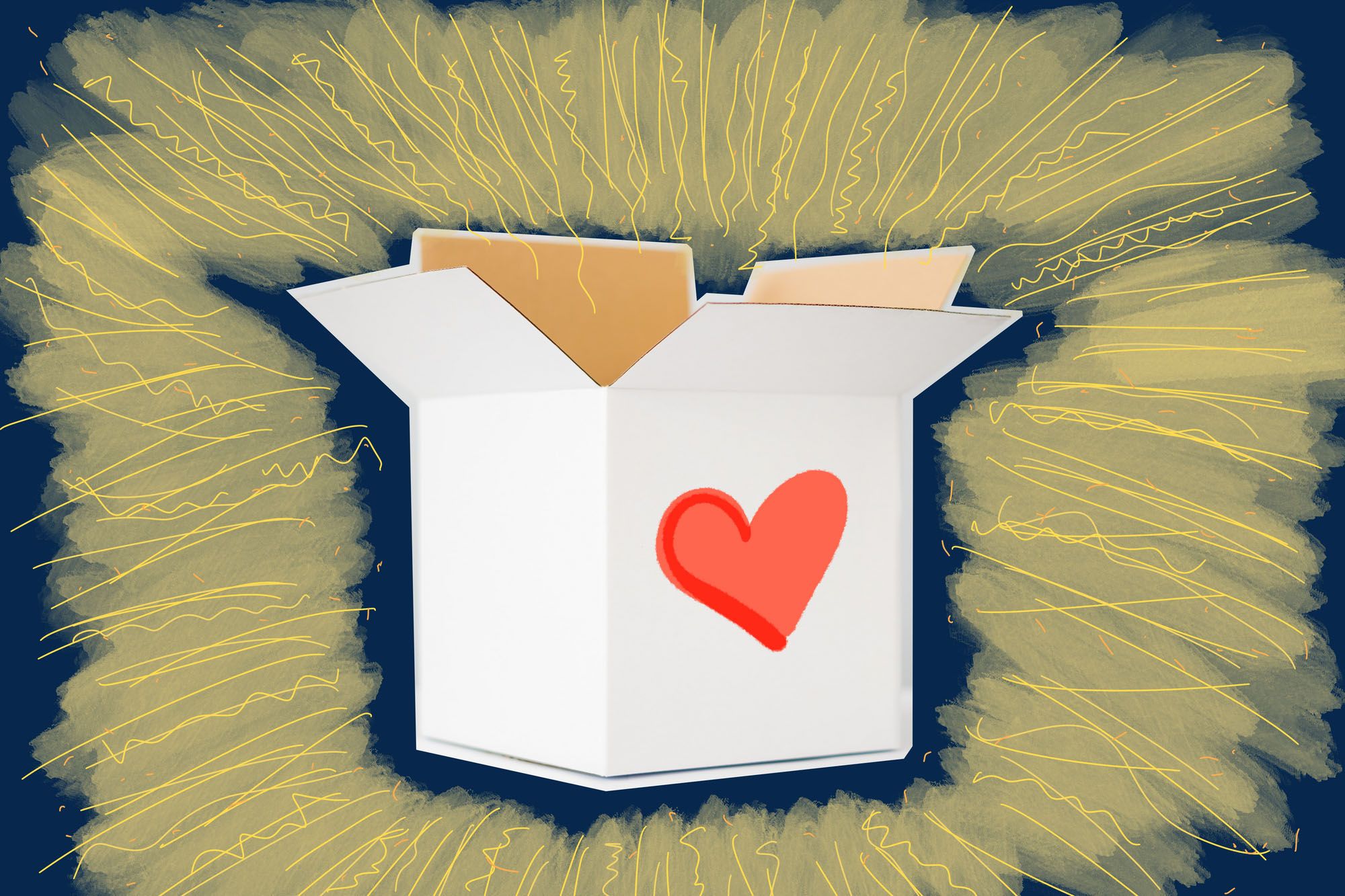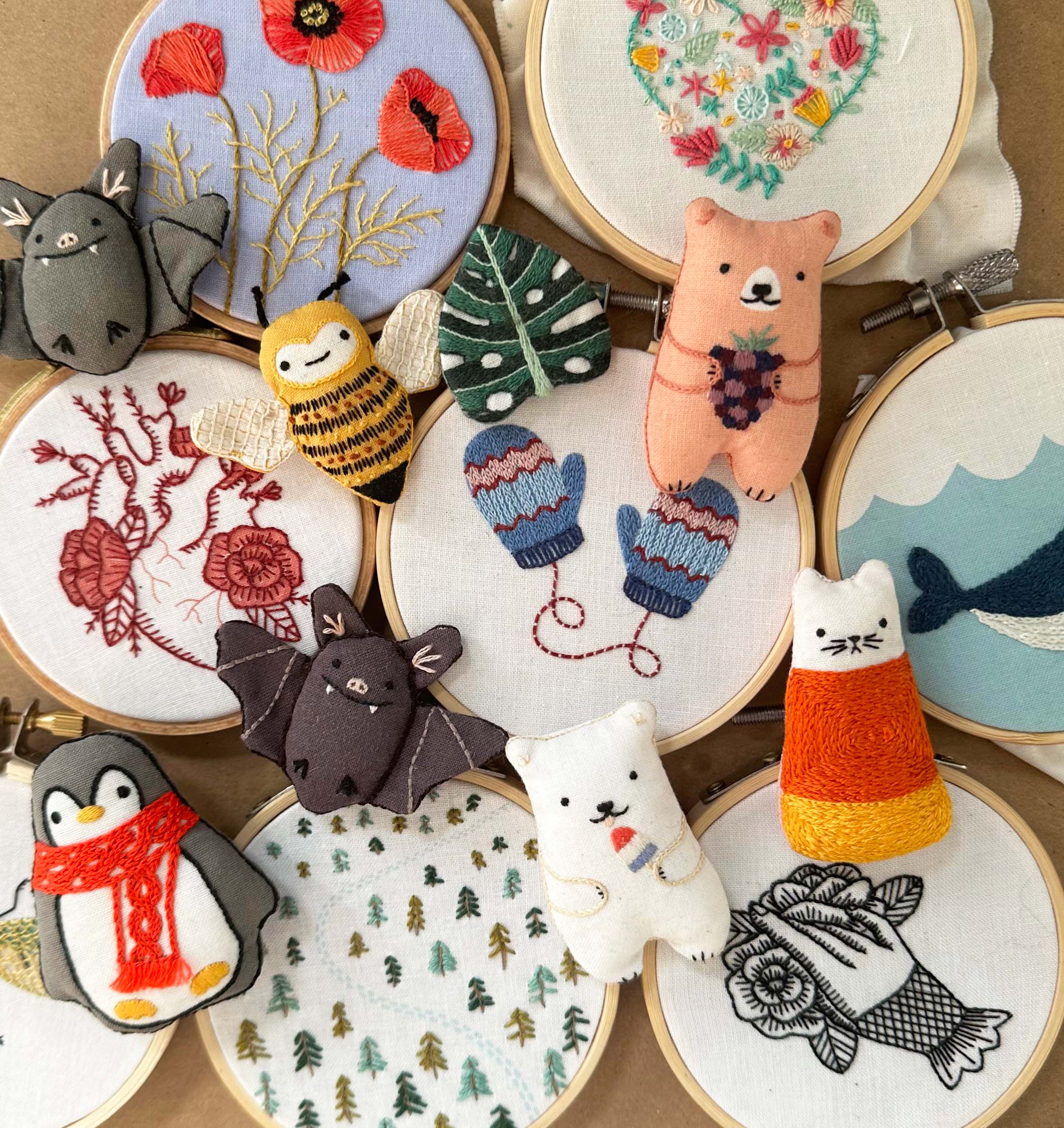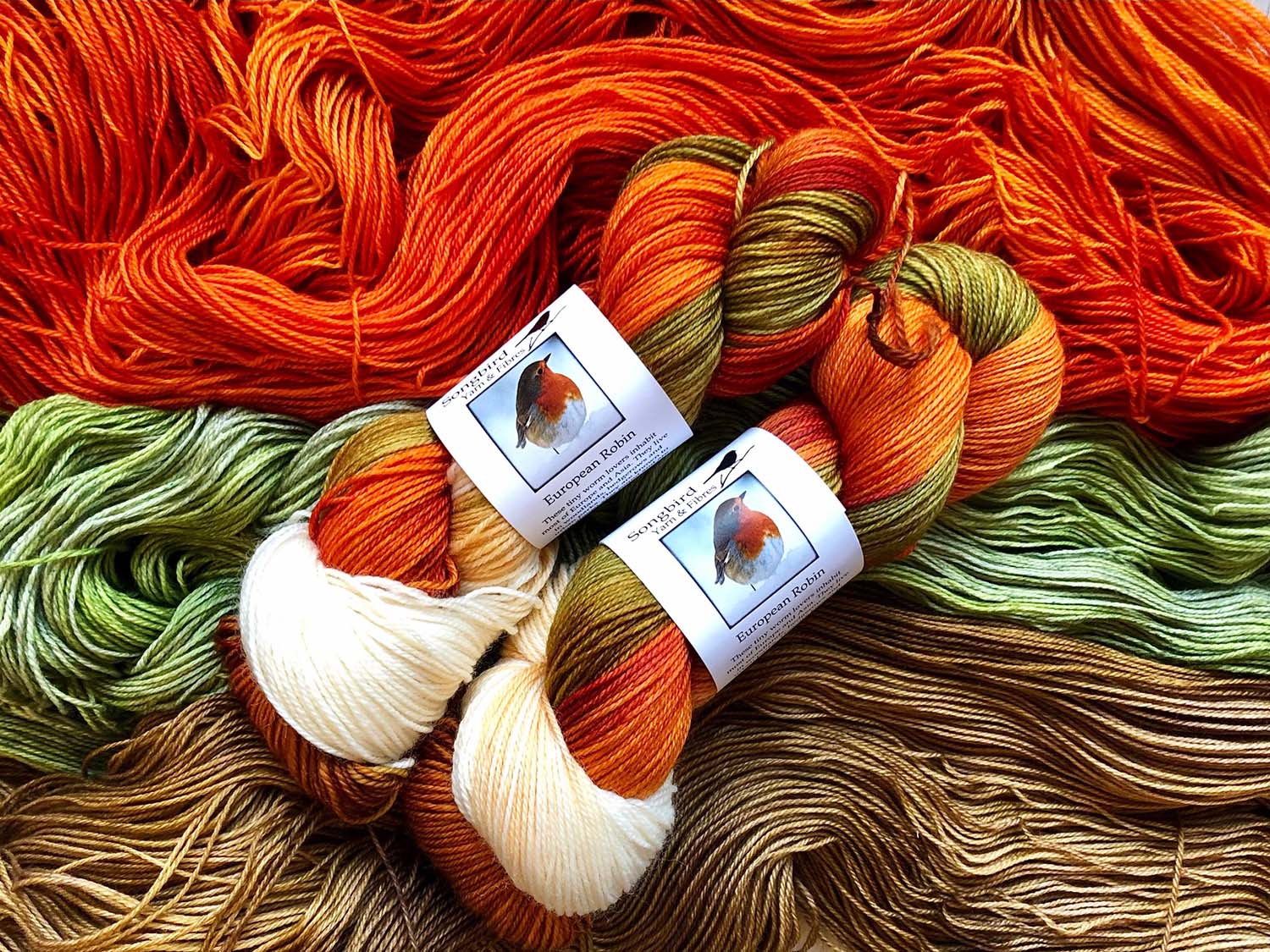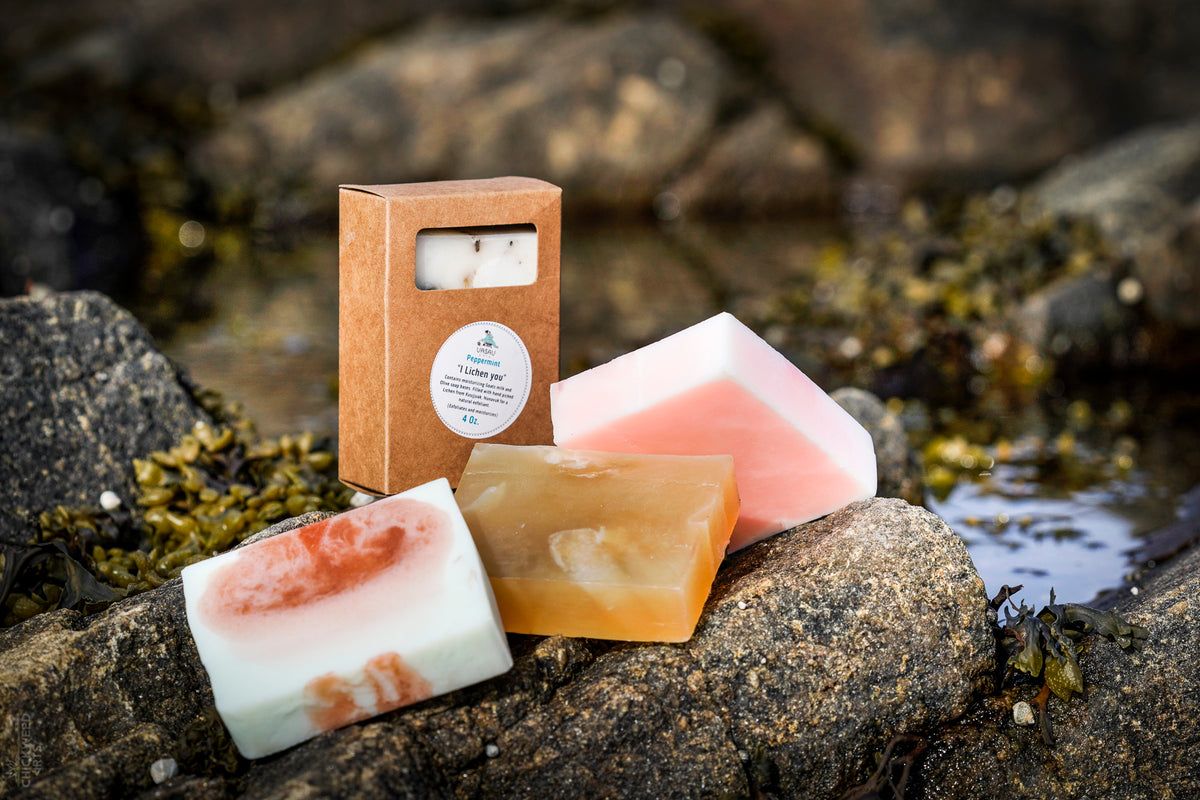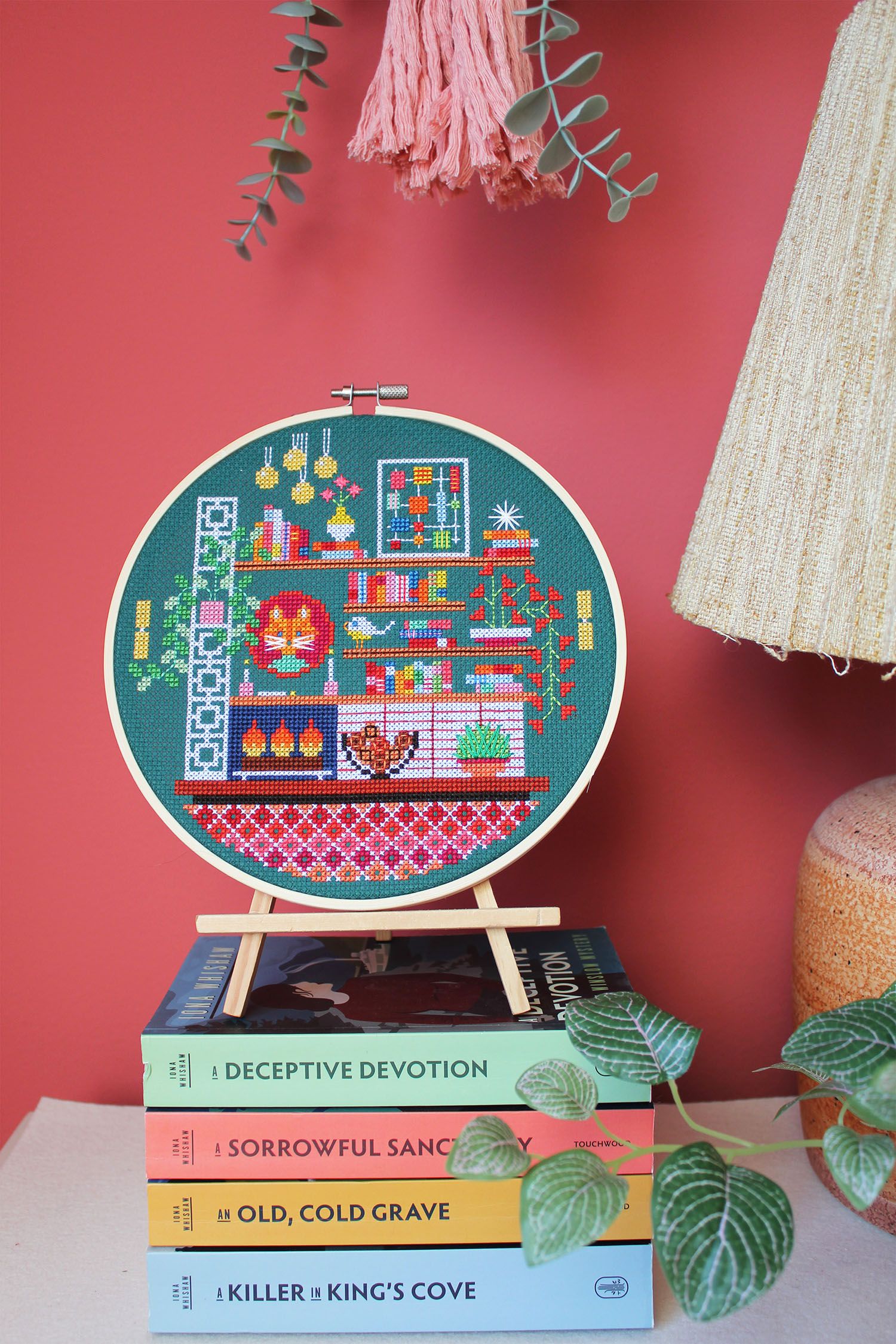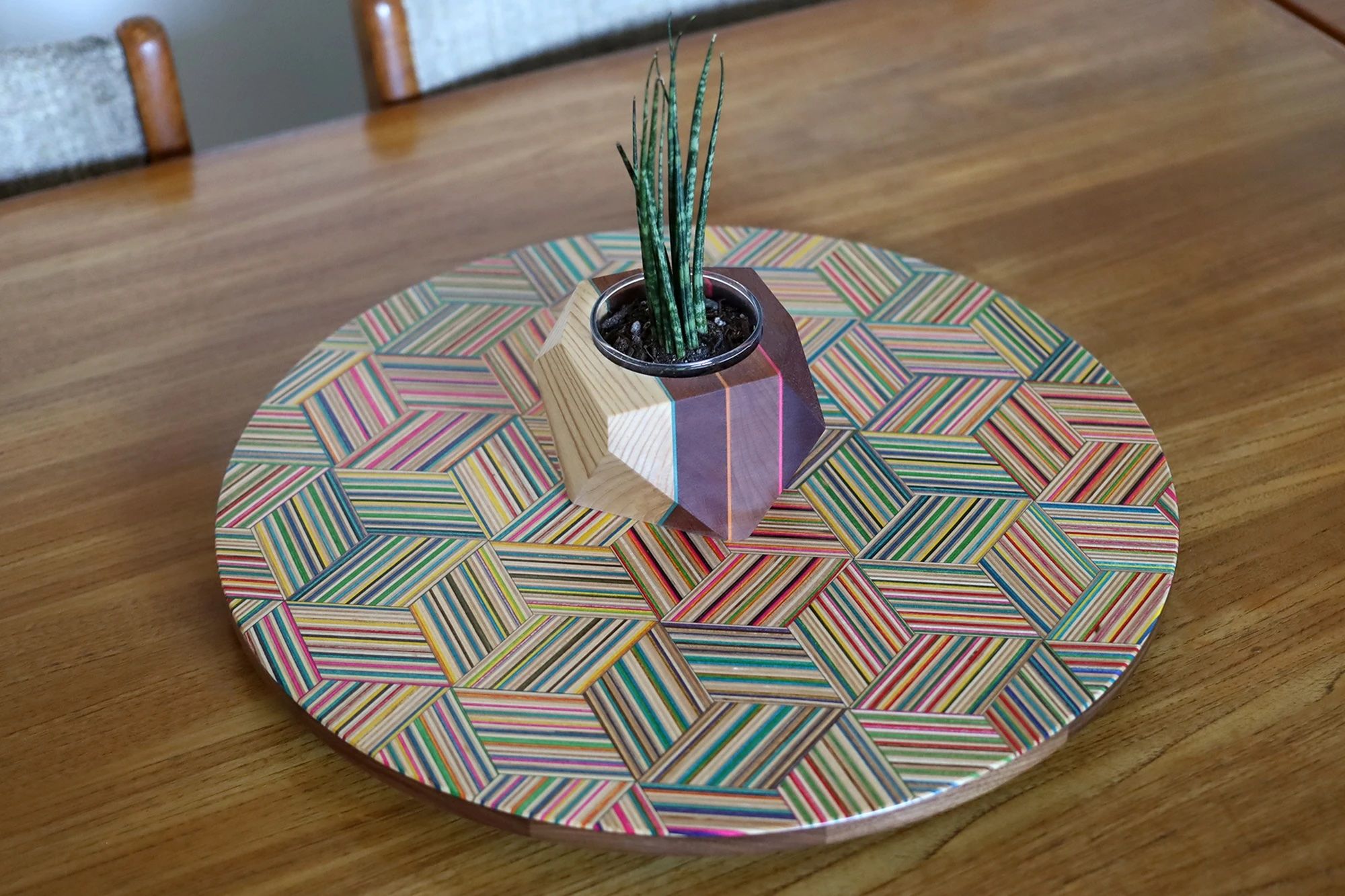Have you ever gotten a package in the mail and been delighted with opening it — not just because of what was inside, but because of the way in which it was packaged? Maybe the shipping box was printed in a beautiful pattern, or the item was wrapped in bright, cheerful tissue paper. Perhaps the package included a handwritten thank-you note or an unexpected free sample.
Now, don’t you want your own customers to experience the same joy when they receive a shipment from you?
While the practicality of your packaging is always a priority, especially with products that are breakable, it’s also important to think about the experience a customer will have while unboxing.
In the absence of face-to-face interactions with your customers, like you’d get at a craft show or in a retail shop, packaging is an important touchpoint with online buyers. There are several benefits and opportunities of e-commerce packaging:
- Communicate the personality of your brand
- Make people feel part of a community
- Give a personal touch
- Spur word-of-mouth advertising
- Provide tools for customers to join your mailing lists/follow on social
You don’t need mega bucks to create a memorable, on-brand unboxing experience. While you should set aside some budget for it (this expense can be rolled into your costs), the most important resources to get it right are time, creativity and consideration.
Here, we share some key points you should think about when creating an unboxing experience that truly does justice to your products and business.
Ensure your packaging is on-brand
Tossing a $500 necklace into a bubble mailer or encasing an $8 bar of soap in a velvet-lined silver tin are equally incongruous decisions. The materials you choose for packaging and shipping should match the price point and style of your products and the mindset of your customers.
For example, do you sell organic-cotton scrunchies or reusable beeswax food wraps? You’ll likely want to choose recycled and recyclable or reusable packaging. Is your shop filled with steampunk jewellery? A gear-patterned box might be a suitable and fun touch.
Branded elements — that is, packaging components that are printed with your logo or another custom design — can be particularly effective at setting you apart. Stickers are an affordable place to start, but there’s a world of options, such as packing tape, ribbons, tissue paper and boxes.
Penny Paper Co. seals shipments of its notebooks, enamel pins and other products with custom-branded packing tape for a joyful vibe to match its brand. There's their usual confetti-patterned tape as well as limited-edition seasonal tapes, like this Valentine’s-themed one.
Add an element of surprise to your shipment
Getting a present is fun precisely because you don’t know what’s inside. And while your customers know what they ordered, you can still please them with something unexpected. In marketing parlance, this is the “surprise and delight” strategy.
One way to achieve this is with your packaging design, by including a hidden element that’s revealed in the process of unboxing. For example, a kraft paper brown box might open to reveal a shocking pink lining, or customers might lift the lid of a box only to discover a clever saying printed or stamped inside.
Another way to surprise buyers is to enclose a little something extra with their purchase: say, a sticker, a postcard, product samples or a discount code for their next purchase.
Make your wrapping tidy
You want your e-commerce package to look professional, as though you put in effort to wrap things nicely. (People notice these things!) Make tidy folds, don’t crinkle or squish items and ensure stamps and labels are straight. As inclined as you may be to save costs and the environment by reusing packaging, consider whether doing so fits your brand. If you determine it does, remove previous labels and any branding that’s not yours, and check the integrity of the materials, looking for rips and holes. (Used boxes aren’t always as stable as new materials and may not protect your goods as well.)
Keep the planet in mind
Today’s customers are increasingly aware of the environmental effects of over-packaging, and might react negatively to what they perceive as excess. While it’s necessary to use enough packaging to ensure your products arrive safely, it’s a smart idea to be conscious of the impression you’re leaving, both with the type of packaging products and the quality. A too-big box or layer upon layer of tissue, envelopes and padding (never mind styrofoam packing peanuts) make it seem as though you have no regard for the environment. Find a way to be sparing without seeming stingy.
Pigeon Coop forgoes bubble-padded envelopes in favour of paper mailers for its cross-stitch kits, and keeps packaging to the bare minimum in consideration of our planet.
Personalize your shipment with a thank-you note
You’re happy your customer bought from you, right? Well, tell them so. Many people shop with makers because they want to support a small business and the real person behind the brand. Reinforce your uniqueness and small scale with a card that expresses your thanks.
A handwritten note is extra nice — after all, they are buying handmade — but if you’re selling large enough quantities for personalized messages to be impractical, a printed card (whether hand-signed or not) works well too. (Don't forget to include your social handles and any hashtags as a cue to remind people to share their unboxing images and videos.)
The Workroom, which supplies many makers with fabric and other sewing and quilting supplies, ties its shipments in fabric scraps — much in the same way as its customers would store their own fabric stashes — and includes a personalized, handwritten note. Customers appreciate the thoughtfulness and even share images of the packaging on social media (can you say free advertising?). You can view more examples in The Workroom’s Instagram highlight “Delivered!”
To develop your own unique and memorable e-commerce packaging, use your brand as a starting point: what words describe it and how might these translate into packaging? Do some brainstorming and keep a file of inspiration, collecting examples that are similar to what might work for you. Pay attention to what you like yourself, as well as feedback that you get from your customers. With creativity and thoughtfulness, you’re sure to create an unforgettable unboxing experience your customers will love.
What are some of your favourite examples of good e-commerce packaging? Share in the comments below!

